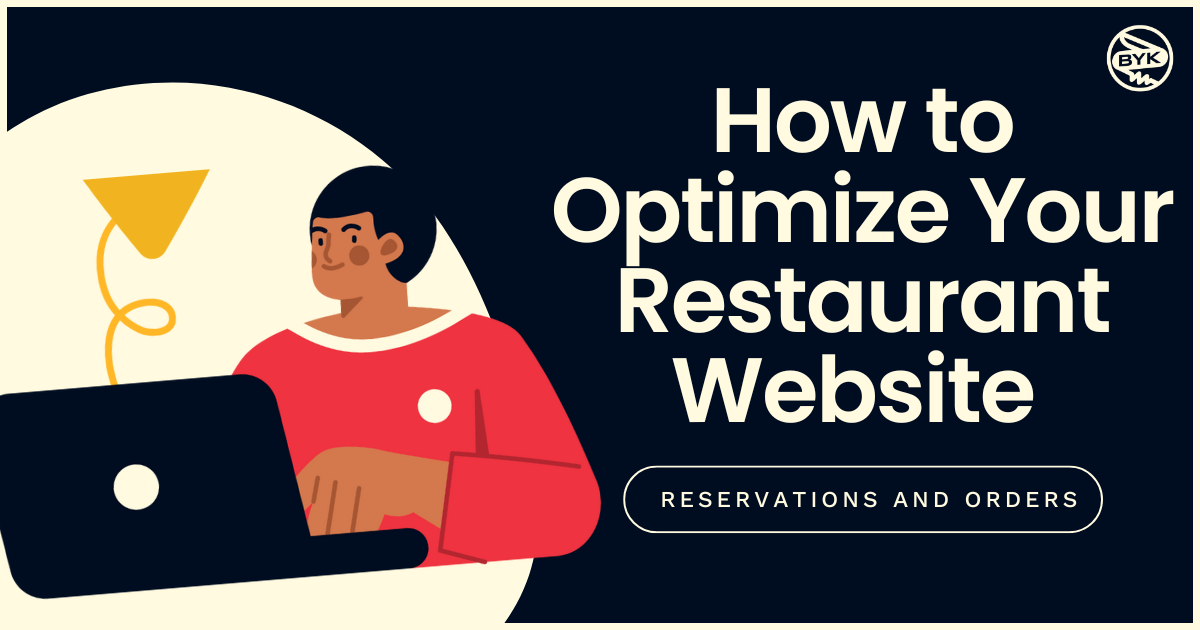We are fully in the age of social media. It is almost impossible to have success as a brand today without having an online presence. It can be a challenge to craft this presence across the many different social media platforms that exist. Each platform has its own primary purpose, audience, and attributes that set it apart from the others. Below is a comprehensive guide to the different platforms, and how to get the most out of each for your brand.
User Characteristics: Diversity of age
Facebook has the oldest audience of all the social media sites. There are still many young users, but the older generations dominate Facebook. Appeals to Gen X or Baby Boomers are best suited here.
Optimal Posting Frequency: 4+ times per week; Stories daily
Best types of content: Long videos, text posts
Facebook is the best place to share longer videos and text posts, because this is where the audience’s attention span is longest. People are not as focused only on the visuals, like they are on sites like Instagram. This is a great place to tell a story or educate your audience.
User Characteristics: Young millennials, Brand-centric
Instagram has a relatively young audience, mostly millennials and younger. It is also the most brand-focused of the social media sites. The algorithm and updates like Instagram Shopping tend to be catered more toward business interests than personal accounts
Optimal Posting Frequency: Daily; Stories multiple times per day
Best types of content: Short videos or boomerangs, tagged photos
Instagram is all about the eye-catching, attention-grabbing visuals. Users tend to scroll quickly through, so you don’t have long to pique their interest. Additionally, tagging your offerings directly in your photos is a great way to convert sales from Instagram.
User Characteristics: Millennial and Gen Z
Twitter also has a pretty wide user age range like Facebook, but tends to skew younger. There are also a lot of niches and subcommunities within Twitter that tend to be strong. You will want to establish yourself within any of these communities that are relevant to your brand.
Optimal Posting Frequency: Daily; Retweets multiple times per day
Best types of content: Quick informational updates, questions, polls
The tone on Twitter is more conversational than on other sites. This is a great place to engage and encourage interaction. Twitter is also a site that is checked frequently, so is a great place to post last-minute updates or changes to your offerings.
Snapchat
User Characteristics: Young, Trendy
Snapchat has the youngest audience of the social channels. Snapchat is used more to communicate between friends than it is to interact with brands, but branded content is recently becoming a larger part of the Snapchat experience.
Optimal Posting Frequency: Multiple times per day
Best types of content: Short videos, Tutorials
Users are looking for quick information or short, entertaining snippets. This is a great place to share a short product tutorial video or a fun listicle. Don’t take yourself too seriously on Snapchat. Here even more than on other sites, it is important to sound like your intended audience – use relevant lingo and stay up-to-date on trends.
User Characteristics: Mostly female
The defining characteristic of Pinterest’s users is that they are overwhelmingly female. They are also not necessarily as young as users of other social media sites. The audience is multi-generational.
Optimal Posting Frequency: 15+ pins per week
Best types of content: Direct links to purchase, Relevant articles
People are not on Pinterest just to look at the graphics you share – they tend to be looking for useful information. More than on any other social channel, people are willing to click links that redirect them away from the site. Make sure you are sharing content with links to your offerings and informative articles or pages people will want to explore.




